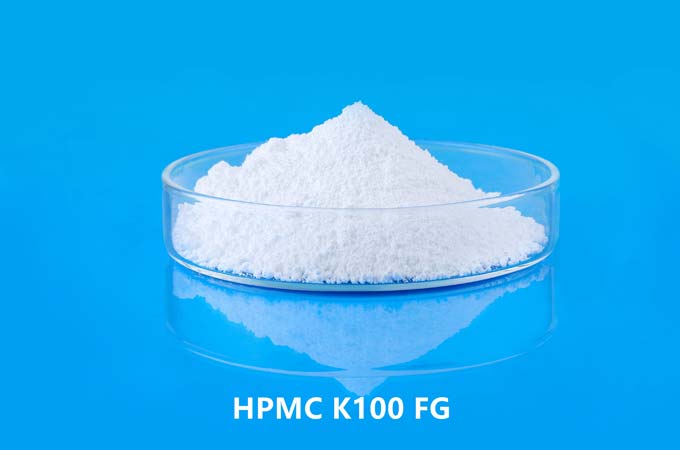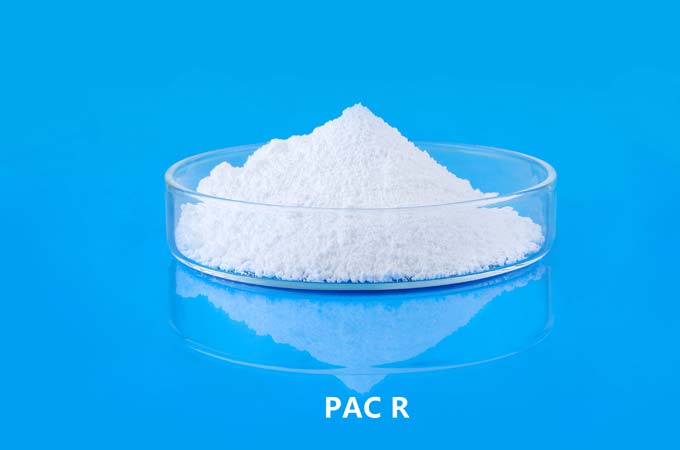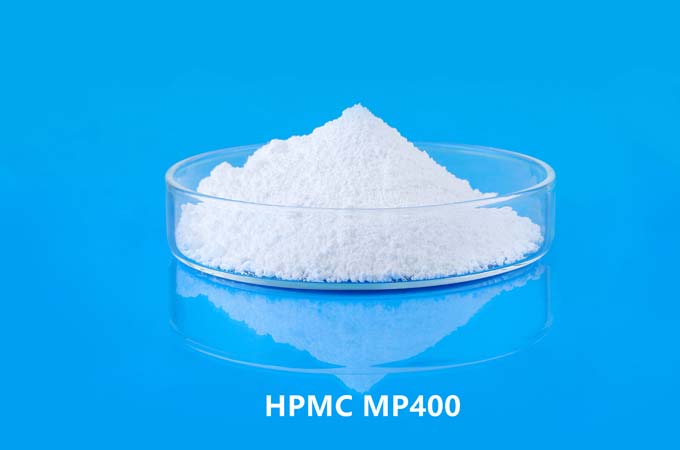Hydroxypropyl methylcellulose (HPMC) is widely used in concrete. As an important chemical admixture, HPMC plays a key role in improving the performance of concrete.
1. Function of thickening agent and water retaining agent
HPMC is most commonly used in concrete as a thickening agent and water retaining agent. HPMC has good thickening properties. When added to concrete, it can significantly increase the consistency and viscosity of concrete. This thickening effect helps to improve the construction performance of concrete, making it less likely to delaminate and segregate during the construction process, and has a better forming effect.
As a water-retaining agent, HPMC can effectively improve the water-retaining capacity of concrete. It can absorb and retain moisture, thereby reducing water evaporation and allowing the concrete to maintain sufficient moisture during the setting and hardening process. This feature is particularly important for the early curing of concrete, helping to prevent cracks in the concrete during the hardening process and improving the compactness and compressive strength of the concrete.
2. Enhance the workability of concrete
Workability refers to the comprehensive performance of concrete during the mixing, transportation, pouring, vibrating and forming processes. HPMC can improve the workability of concrete, making it easier to mix and construct. This is because HPMC can form gel in water, increase the viscosity of concrete slurry, reduce friction between aggregates, thereby improving the working performance of concrete.
3. Improve freeze-thaw resistance
The addition of HPMC can also significantly improve the freeze-thaw resistance of concrete. Because HPMC has good water retention, it can form a water film on the surface of the concrete to reduce the migration of water during the freezing and thawing process, thereby reducing the stress generated inside the concrete and avoiding structural damage caused by freeze-thaw cycles.
4. Increase crack resistance
During the hardening process of concrete, shrinkage cracks often occur due to rapid water loss. The water retention performance of HPMC can effectively slow down the evaporation rate of water and reduce dry shrinkage, thereby reducing the risk of concrete cracking. In addition, the thickening effect of HPMC also helps to fill the fine gaps in the concrete, improve the density of the concrete, thereby enhancing its crack resistance.
5. Extend the open time of concrete
Opening time refers to the time interval from completion of concrete mixing to initial setting. During the construction process, extending the opening time of the concrete can give workers more time to make adjustments and repairs, which is especially important when constructing in high temperature environments. HPMC can improve the flexibility and quality of construction by delaying the cement hydration reaction rate and extending the opening time of concrete.
6. Improve adhesion resistance
HPMC can increase the viscosity of concrete slurry, thereby improving the bonding between concrete and other materials. This feature is particularly important when applied to plaster layers or repair layers. The use of HPMC can enhance the bonding strength between the plaster layer and the base layer and reduce the possibility of falling off and cracking.
7. Improve durability
The durability of concrete refers to its long-term stability in the natural environment or usage environment. The versatility of HPMC enables it to comprehensively improve the durability of concrete by enhancing its water retention, crack resistance, freeze-thaw resistance and adhesion resistance. This makes HPMC of great application value in concrete structures that require long-term use, such as bridges, roads, and buildings.
8. Application in shotcrete
HPMC is also widely used in shotcrete. During the spray concrete construction process, concrete needs to be sprayed onto the sprayed surface at a high speed. The thickening effect of HPMC helps prevent segregation of concrete during the spraying process and improves the adhesion properties of concrete, thereby ensuring the construction quality of sprayed concrete.
9. Environmental protection and safety
HPMC is a non-toxic, harmless and odorless natural polymer compound that is easily degraded in the environment and has no pollution to the environment. Compared with some traditional chemical admixtures, the use of HPMC is more environmentally friendly and helps promote green buildings and sustainable development.
The application of HPMC in concrete involves many aspects. Its thickening, water retention, reinforcement and crack resistance effects significantly improve the construction performance and durability of concrete. As the construction industry's demand for high-performance concrete continues to grow, HPMC, as an efficient and multi-functional admixture, will play a more important role in future concrete projects.
Kima Chemical offers premium cellulose ether products, including wholesale HPMC, designed for various industrial sectors. With a focus on technical specialization, we provide businesses with the knowledge and high-performance materials needed to optimize production and address diverse industry challenges.
 English
English 日本語
日本語 français
français Deutsch
Deutsch Español
Español italiano
italiano русский
русский português
português العربية
العربية Türkçe
Türkçe Nederland
Nederland



